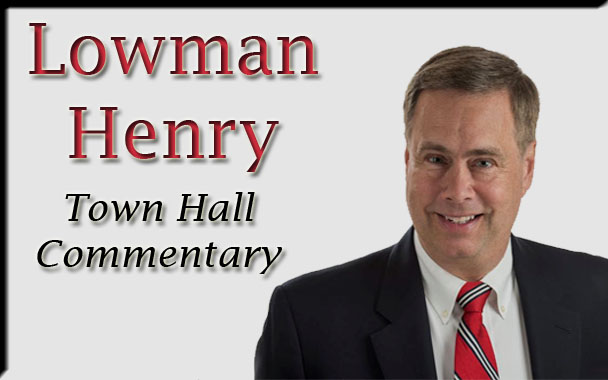Fake Statistics Yield Flawed Policies

Back in 1994 as we were starting the Lincoln Institute one of our early funders suggested I talk with Al Sindlinger. Al Sindlinger was one of the pioneers in the polling industry having started with George Gallup before founding his own company. He eventually became a pollster for President Richard M. Nixon.
I met Al Sindlinger on a blustery St. Patrick’s Day in Harrisburg where he had journeyed by train from his home in suburban Philadelphia. He regaled me with stories of how he got his start in the industry talking about how “Hoover” staked him start-up capital. It eventually dawned on me he was talking about former President Herbert Hoover and not J. Edgar Hoover.
Yes, Mr. Sindlinger was almost 90 years old, but sharp as a tack and knew more about polling and economics than anyone I have ever met. He had a deep distrust of government statistics. So much so he built his business by doing daily polling to track the state of the U.S. economy. He admonished me to always remember that government statistics are colored by the ideology and policies of the people in power.
I have thought about Mr. Sindlinger often in recent weeks as government models and statistics relative to the Wuhan Coronavirus pandemic have proven to be both astonishingly wrong and wildly inconsistent. Government ineptitude hit a peak this past week as Pennsylvania’s Department of Health zigged, zagged and spun its way around a series of statistical and policy mis-steps.
Be it political treachery or simple incompetence the state appears to be doing everything possible to overstate the number of COVID-19 positive cases and resulting deaths. They went so far as to begin including “presumptive” positive and “presumptive” deaths in the statistics. “Presumptive” being a synonym for educated guess as no actual test results had medically proven the conclusions.
It got so bad a number of county coroners questioned the inclusion of deaths for which they had no record in their county. Then the most amazing thing happened: 201 people became undead overnight. There had been no zombie apocalypse, health department officials said they had made an “adjustment” to the numbers based on changes in the gathering and reporting of statistics.
Busted.
Then Governor Wolf took to the airwaves to say the relaxing of his unconstitutional business closure and stay-at-home orders would be based on the numbers the state health department had just been proven guilty of fudging. He claimed that “science” and “the virus itself” would determine what parts of the state would reopen and when.
Until the next day, that is, when it became clear most counties in the state had already reached the numerical benchmark for re-opening. He then announced that “subjective” factors would also enter into the decision-making process.
In addition to the policy flip-flops and inaccurate statistical reporting state officials have also focused public attention on only part of the picture. We get a daily count of newly confirmed Coronavirus cases, and a running total of fatalities rightly or wrongly attributed to the disease. What we don’t get is the number of individuals who have recovered from the virus.
We also don’t get vital information on hospital capacity such as number of beds, unused ventilators, and medical personnel available to treat patients. Keeping in mind the reason for the business closure and stay-at-home orders was to not overwhelm the health care system. Without this information how can we know whether or not it has been overwhelmed?
We get a clue from a more reliable source – the UPMC health system, one of the largest health care systems in the state. It announced it would begin performing elective surgeries at the end of the month regardless of state policy. The hospital system justified its decision by reporting actual facts: only 2% of beds are occupied by COVID-19 patients, only 8% of ICU beds are COVID-19 patients and only 7% of patients are using a ventilator.
Mr. Sindlinger has been gone for over two decades. But recent events in Penn’s Woods prove his deep distrust of government statistics and the policies officials use them to justify is as relevant today as it was during his storied lifetime.
(Lowman S. Henry is Chairman & CEO of the Lincoln Institute and host of the weekly Lincoln Radio Journal. His e-mail address is [email protected].)
Permission to reprint is granted provided author and affiliation are cited.




